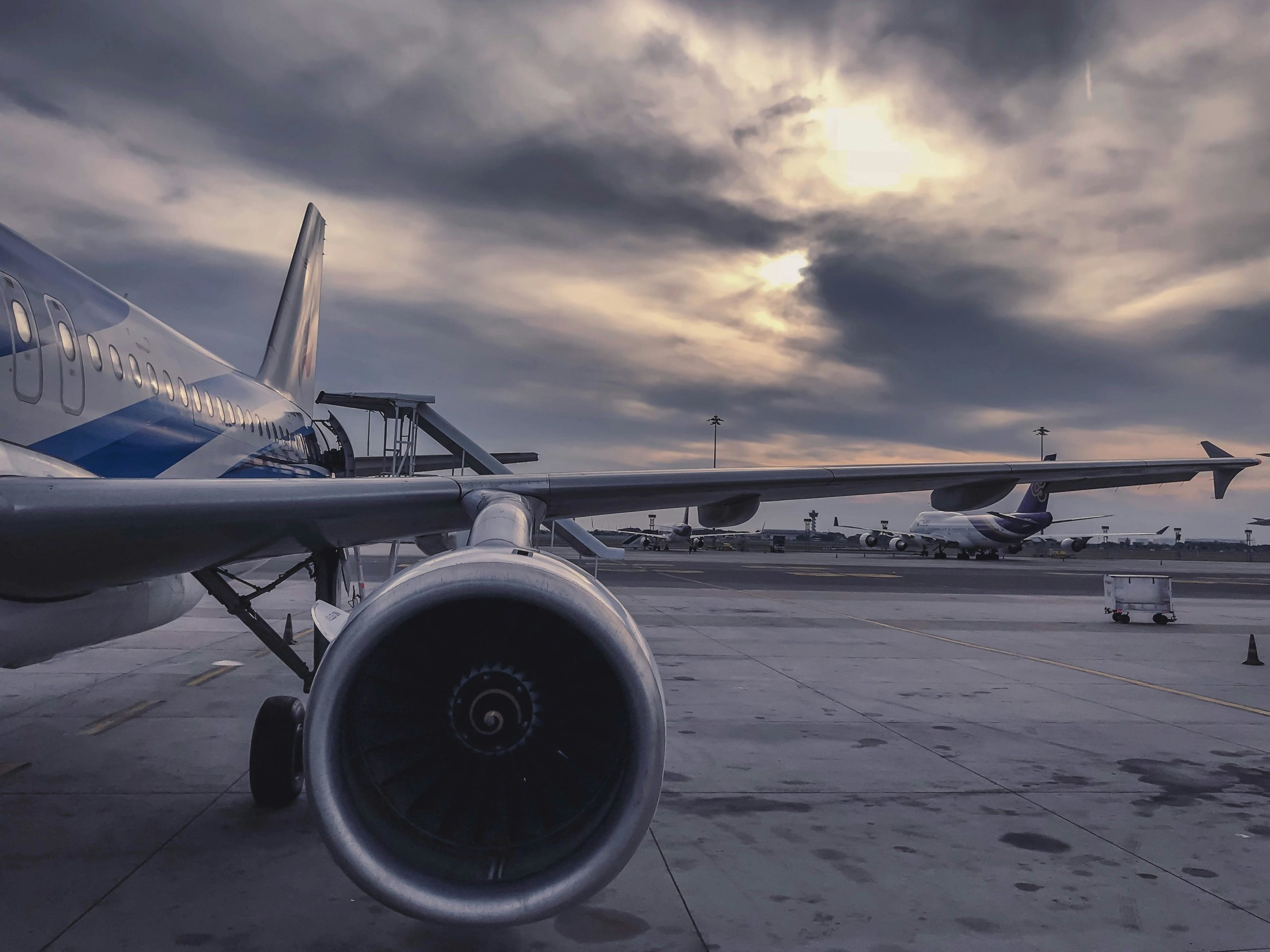An estimated 60 000 jobs will be created with the expansion of the existing Cape Winelands Airport into a second major airport for Cape Town.
The airport development reached a major milestone in May, when owner Rsa.Aero announced it had signed a 15-year agreement with Germany’s Lufthansa group.
Located near Durbanville, the airport, formerly known as Fisantekraal airport, was opened more than 80 years ago in 1943 as a base for the South African Airforce.
It was transitioned to private ownership in 1993 and operated as a general aviation airport until 2020 when it was acquired by Rsa.Aero.
The provisional cost of the expansion has been estimated at R7 billion, with a completion date for the first phase set for 2027, reports News24.
The expansion will include reorientating and extending one of its four runways to 3 500m to accommodate wider-bodied aircraft such as the Airbus 380 and building a new state-of-the-art terminal as well as new hangarage, fuelling facilities and a cargo processing facility, according to the Cape Winelands Airport website. Also planned are a new heliport, hotel and warehousing and logistics facilities. The airport is expected to serve both domestic and international travellers.
Nick Ferguson, executive managing director of Rsa.Aero, says the airport will be the greenest airport in the world. It will not only be off the grid for electricity, water and sewerage, but will cut carbon emissions by serving as an alternate airport to Cape Town International Airport in the event of an incident.
Any plane needing to divert from Cape Town International will be able to land at Cape Winelands, which means a saving in fuel that translates into a reduction of millions of tons in carbon emissions, he says.
The provincial government of the Western Cape government as well as the City of Cape Town are supporting the development; however, the company still has to apply to the national Department of Transport to have the site declared an international airport.
Ferguson told Engineering News that the airport would be similar to Lanseria airport, Johannesburg’s secondary airport. However, it “will be bigger, with a longer runway that can accommodate wide-body aeroplanes – which means it will be able to handle more international traffic, from more destinations, compared with Lanseria”.
The expansion is expected to start as early as next year, and an environmental impact assessment is already under way.
Follow African Insider on Facebook, Twitter and Instagram
Picture: Pexels
For more African news, visit Africaninsider.com
Compiled by African Insider


